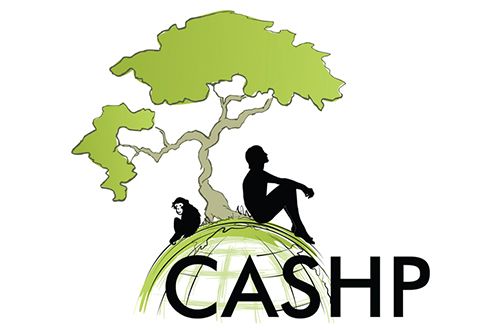I have spent much of the summer (but not as much as I should have done) going through the entries in the Wiley-Blackwell Encyclopedia of Human Evolution and editing them into a format suitable for a dictionary aimed at undergraduates. I thought it would be a breeze, but I have re-discovered why concision is in such short supply; a short entry takes more thought than a longer one. You have to stop and think carefully about why undergraduates should know about this site or that analytical method. One of the many stories told about Winston Churchill is that in a long letter to a friend he apologized, “because I did not have the time to write a short one.” Among the decisions we made about the dictionary was to restrict the entries for individual fossils to those that are holotypes or lectotypes. So when I was going through the entries for ‘L’ and was just about to cull the entry for L. 7a-125 (a c.2.2 Ma mandible from the Omo-Shungura belonging to Paranthropus boisei) it reminded me of important lessons about personal generosity we tend to forget.
In the spring of 1968, Michael Day had persuaded Mary Leakey to persuade Richard Leakey to take a callow London medical student (whose camping skills were rudimentary and whose overseas adventures were limited to going on a school-trip to Austria) with him on the first large scale expedition to what was then called Lake Rudolf. I needed to fund the trip and did so by applying successfully for my first two grants, a £50 travel bursary from the Middlesex Hospital Club (the old-student’s society of The Middlesex Hospital Medical School) and a £50 award from the Boise Fund of Oxford University. These days £100 would not get you very far, but it covered my travel to Nairobi and back and my expenses in Nairobi. The total for the return train fare from London to Zurich and return airfare on East African Safari Airways from Zurich to Nairobi (on a propeller plane via Benghazi, Entebbe and Dar-es-Salaam) was £48!
Richard Leakey was already in the field by the time I could get to Nairobi, and when I arrived at what was then the Coryndon Museum no one knew anything about me. After several hours I was getting desperate, so I investigated the partly open door of a lighted shed in the Museum grounds. There I found a pipe-smoking grey-haired lady in half-moon glasses dissecting the face of a warthog; if I close my eyes I can see her now. She was Griff Ewer a fine comparative zoologist. She was gruff, but kind, and suggested I went with her to wash-up and eat at the Museum apartment she was sharing with Basil Cooke and his late wife, Dorette. Between them, they found me the cheapest room at the Plums Hotel (next to the kitchen) and arranged for me to get to Wilson Airport the following day to catch the charter flight up to Lake Rudolf.
The 1968 field season at Lake Rudolf was unforgettable, but the link with L. 7a-125 took place after we had come back to Nairobi. In those days researchers working at the Omo-Shungura sites were as likely to visit Nairobi as Addis Ababa, so I was excited to learn that Clark Howell, Jean de Heinzelin and Yves Coppens would be passing through, together with the hominins they had found during their 1968 field season. Louis and Mary Leakey had invited them to dinner at their home in Langata and Richard somehow managed to get me included on the condition that, “I stayed out of the way and kept my nose out of the tins.” In those days, hominin fossils were wrapped in cotton wool or toilet paper and put in any suitably-sized tin; Oxo tins were a favored receptacle. So I can still vividly remember seeing Clark Howell lift the L. 7a-125 mandible out of its tin. Although it is remarkably complete, it is not well-preserved (it is criss-crossed by cracks) but the sheer size of the mandibular postcanine tooth crowns contrasted dramatically with the small incisors and canines. I peered over people’s shoulders as unobtrusively as I could, but I was obviously not entirely successful, for Clark Howell noticed me and after the great and good had handled this fine specimen he called me over and put it into my outstretched hands. He asked in his kindly Howellian way who I was, why I was there and what I thought about it; I have no idea what I said in response to the latter question.
The lesson of this tale is that we should never overlook an opportunity to encourage students. Introduce them to well-known colleagues at meetings. Make sure they are present at discussions about specimens, and make them realize that they and their views are valued. Even small gestures can make a big difference.


